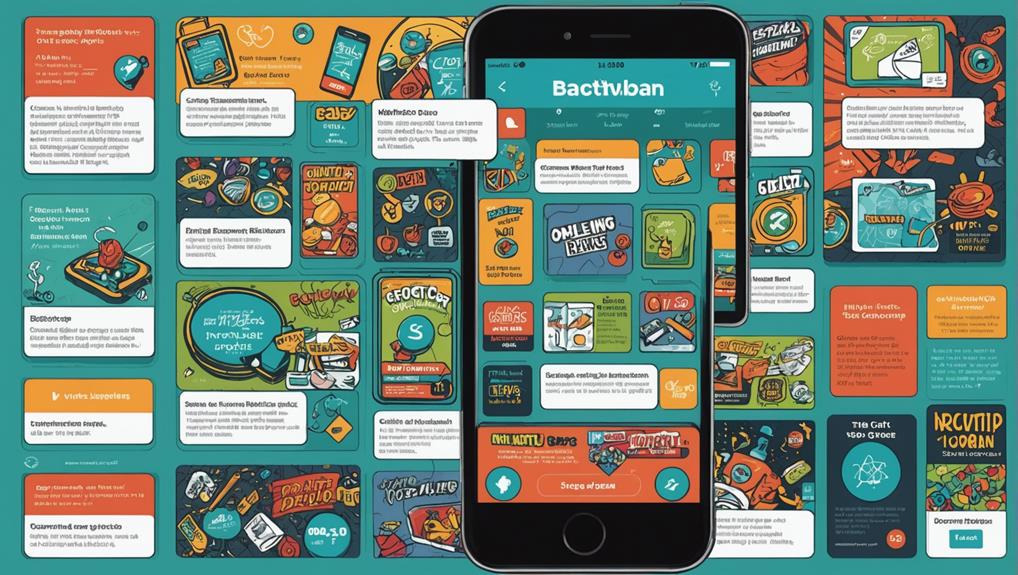Harness the power of interactive strategies in ESL classrooms to skyrocket engagement levels! By incorporating interactive group work, students can enjoy a supportive environment, boost language skills, and develop confidence in English usage. Effective student grouping techniques, like pairing same-level students for peer support, can create dynamic learning atmospheres. Repair group dynamics with team-building activities and open communication opportunities. Engaging activities, such as group presentations and culture lessons, immerse students in diverse traditions while honing language skills. Join our online community for the latest updates and networking opportunities to enhance your ESL classroom experience.
Key Takeaways
- Utilize group work to enhance language acquisition and foster a supportive learning environment.
- Group students based on similar levels for confidence and peer support.
- Incorporate mixed-level grouping for peer teaching and collaborative learning.
- Implement interest-based grouping to boost engagement and motivation.
- Utilize interactive activities like group presentations to improve comprehension and communication skills.
Benefits of Interactive Group Work
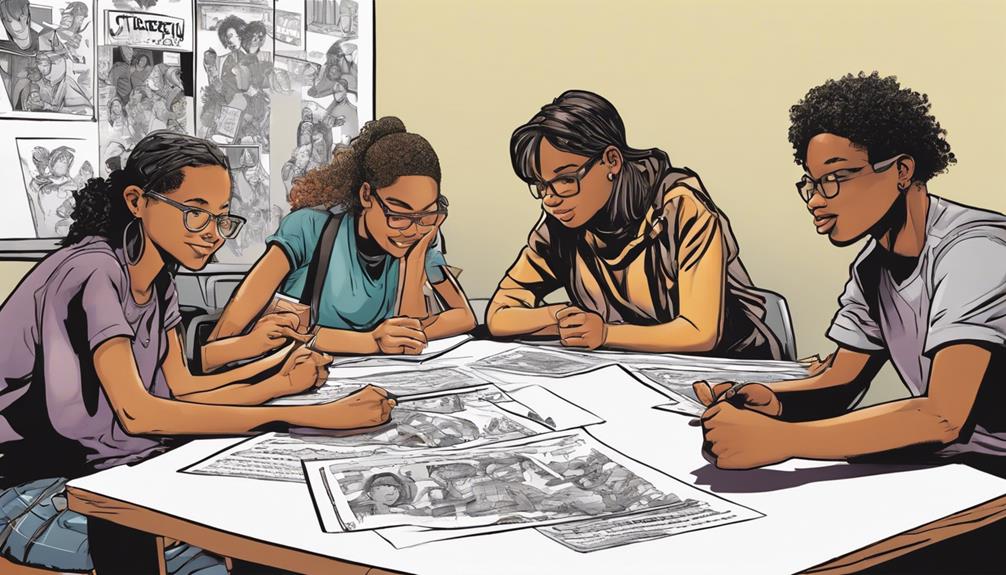
Interactive group work in ESL classrooms offers a range of benefits that enhance language acquisition and foster a supportive learning environment. By engaging in group activities, students can build confidence in using English, creating a less intimidating space for language practice.
Additionally, working together allows learners to observe and learn from their peers, promoting a sense of community within the classroom. This collaborative approach not only enhances learning outcomes but also provides an opportunity for students to interact and communicate in English more effectively.
Through interactive group work, students can practice language skills in a safe and encouraging environment, ultimately leading to increased proficiency and a more enjoyable learning experience.
Effective Student Grouping Techniques
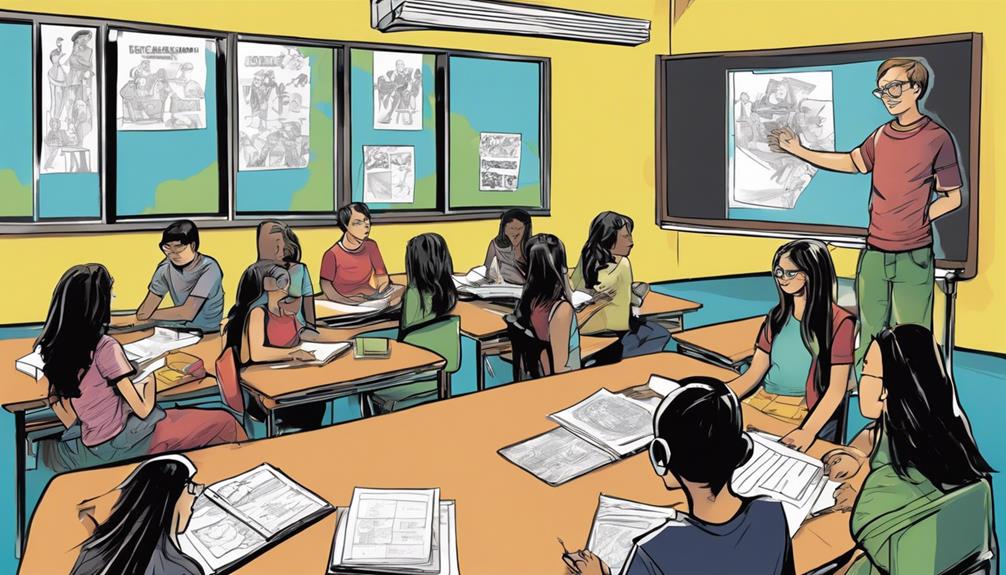
Group work in ESL classrooms can be optimized through the strategic implementation of effective student grouping techniques to enhance collaboration and language acquisition. By utilizing various methods to group students, educators can create dynamic learning environments that cater to diverse needs and maximize interaction. Below is a table illustrating different student grouping techniques:
| Grouping Technique | Description | Benefits |
|---|---|---|
| Same-level grouping | Grouping students with similar proficiency | Promotes confidence and peer support |
| Mixed-level grouping | Pairing students of different language levels | Facilitates peer teaching and learning |
| Random grouping | Randomly assigning students to groups | Encourages collaboration and communication |
| Interest-based grouping | Grouping based on common interests or topics | Enhances engagement and motivation |
Strategies for Repairing Group Dynamics

To address challenges in group dynamics and foster a positive learning environment, implementing effective strategies for repairing relationships and enhancing collaboration is essential in an ESL classroom.
When faced with disruptions or conflicts within student groups, it is vital to have tools and techniques ready to mend any strained dynamics. Strategies such as conducting team-building activities, providing opportunities for open communication, and encouraging peer support can help rebuild trust and unity among students.
Utilizing games like team puzzles, group challenges, or collaborative projects can also promote teamwork and cooperation.
Engaging Activities for ESL Students
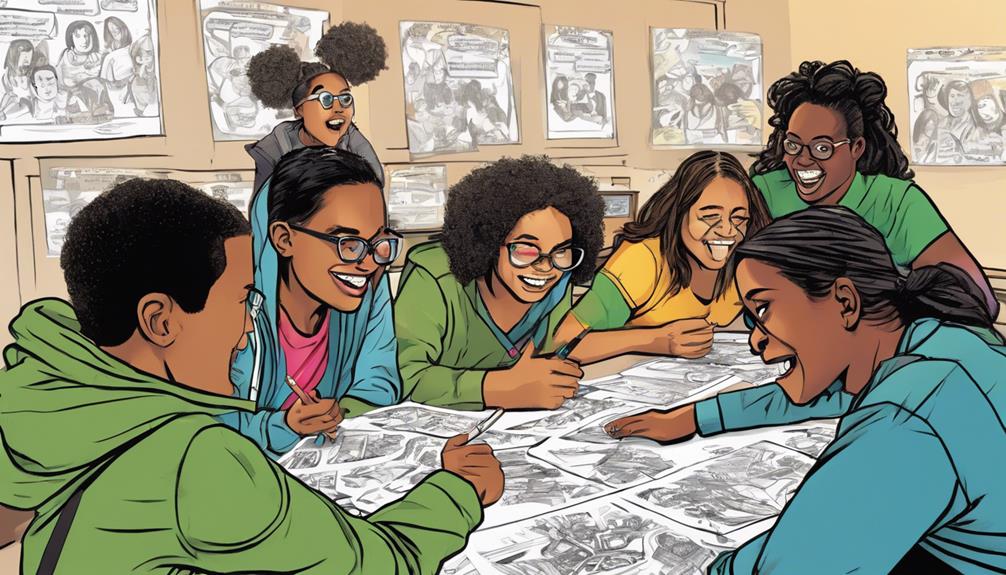
Engaging ESL students in interactive learning experiences can greatly enhance their motivation and language acquisition skills. Engaging activities for ESL students are essential to keep them interested and involved in the learning process.
Setting up stations for culture lessons can immerse students in diverse traditions and foster understanding. Creating presentations in groups not only improves language skills but also encourages teamwork and creativity. Doing listening skills lessons as a group can enhance comprehension and communication abilities.
Using fun ideas to line up students for activities adds an element of excitement to the classroom. By incorporating more group and pair work into lessons, educators can create engaging and dynamic learning environments that cater to the diverse needs of ESL students.
Join Our Online Community Today
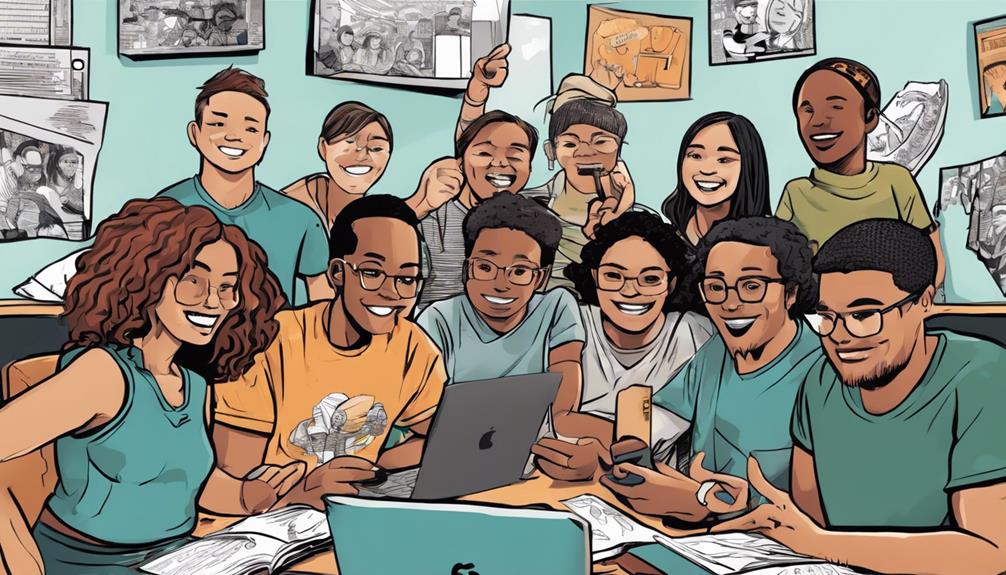
Explore the opportunities available for connecting with like-minded educators and enhancing your teaching practices by joining our vibrant online community today. By becoming part of the Richard James Rogers Online Community, you open the door to a wealth of resources and interactions that can elevate your ESL classroom experience. Take a look at some of the exciting benefits awaiting you in our community:
| Community Benefits | Description | Engagement Level |
|---|---|---|
| Facebook Updates | Stay informed on the latest news | High |
| Twitter Updates | Quick updates and interactions | Medium |
| Book Giveaways | Win educational resources | High |
| Networking | Connect with fellow educators | High |
Frequently Asked Questions
How Can I Ensure All Students Participate Equally in Group Work?
To guarantee all students participate equally in group work, implement strategies such as assigning specific roles, rotating leadership responsibilities, and providing opportunities for individual contributions. Encourage open communication and establish clear expectations for collaboration.
What Should I Do if a Group Is Struggling to Work Together Effectively?
If a group is struggling to work together effectively, identify issues promptly. Encourage open communication, clarify roles, and set clear goals. Offer guidance and support to foster collaboration and problem-solving skills. Consider adjusting group dynamics if necessary.
Are There Any Creative Ways to Group Students Beyond Traditional Methods?
To group students creatively beyond traditional methods, consider activities like mingle-mingle, Uno cards, puzzle pieces, and collocations matching. Engage students with fun ideas related to mobile battery, birthdays, or distance from school for effective and enjoyable grouping strategies.
How Can I Incorporate Technology Into Interactive Group Activities?
Incorporating technology into interactive group activities can enhance student engagement. Utilize educational apps for collaborative projects, video conferencing for virtual group discussions, and online platforms for group assignments. Technology enriches learning experiences and fosters teamwork.
How Can I Assess Individual Contributions Within a Group Project?
To evaluate individual contributions within a group project, consider peer evaluations, self-assessments, task rotations, and individual reflections. Use rubrics with clear criteria, observe interactions, and provide opportunities for students to explain their contributions. Promote fairness and transparency throughout the assessment process.
Conclusion
To sum up, interactive group work activities in ESL classrooms not only enhance student engagement but also promote a collaborative learning environment that fosters confidence and community.
By utilizing effective grouping techniques and repair strategies, educators can create dynamic and engaging lessons that cater to students of all proficiency levels.
So, why wait? Join our online community today to discover the endless possibilities of interactive ESL instruction!

